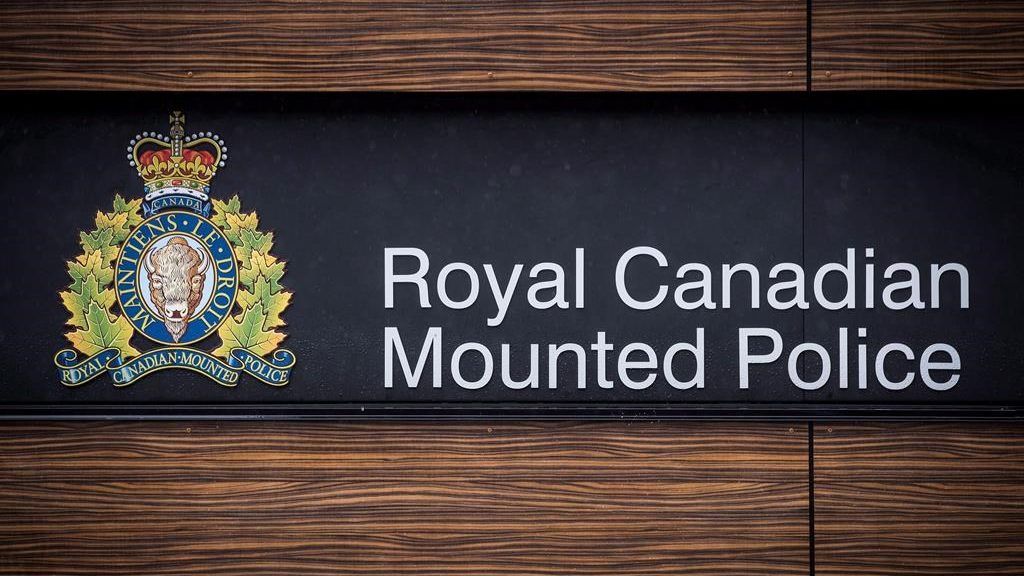Japan plans $53 billion stimulus to rev up faltering recovery, counter tax hike
Posted Dec 12, 2013 03:46:34 AM.
This article is more than 5 years old.
TOKYO – Japan’s Cabinet approved billions of dollars of stimulus spending in a supplementary budget meant to perk up a faltering economic recovery and cushion the impact of a sales tax hike next April.
The 5.5 trillion yen ($53 billion) in fresh stimulus approved Thursday is aimed at creating at least 250,000 jobs and is heavily weighted toward construction projects. It also includes 600 billion yen ($5.8 billion) in payments to home buyers and one-time payments of 10,000 yen ($100) per child to low and middle-income families.
Prime Minister Shinzo Abe promised the extra stimulus to counter a 3 percentage point increase in sales tax to 8 per cent in April.
Parliamentary approval of the stimulus in early 2014 is expected since Abe’s Liberal Democratic Party and its coalition partners hold majorities in both houses.
Japan’s economy, the world’s third-largest, emerged from recession in late 2012, growing at a brisk 4.3 per cent pace in the first quarter of the year. However, the pace of expansion slowed to 1.1 per cent in the third quarter as corporate investment remained sluggish and exports were sapped by lacklustre growth in emerging economies.
So far, the biggest driver for the recovery has been hefty government spending, which is also the type of spending the tax hike is aimed at making up for.
The economy may get a boost in coming months as consumers speed up major purchases to beat the sales tax hike. But the government has forecast a short-term contraction in the economy after the higher tax takes effect. Another increase in the sales tax, of 2 points, is expected in 2015.
Abe appears to have forced Japan out of its deflationary rut with a growth strategy centred on pumping trillions of dollars into the economy through public spending and aggressive monetary easing by the central bank.
Koichi Hamada, a Yale University economist and Abe adviser, has questioned whether the “Abenomics” approach is up to snuff. In a recent lecture, Hamada gave Abe an “A plus” for the monetary easing and said he would give the government a “B” for the spending program.
But he said progress toward reforms aimed at sustaining growth in the long run was less evident. “Giving it a ‘C’ or a ‘D’ would be tough. But if I were to give it an ‘F’ I’d have to resign as an adviser,” Hamada said. “F would be a failure so I’d say, A, B and E.”
Abe’s economic revitalization minister, Akira Amari, is undergoing treatment for early stage tongue cancer, and talks on a Pan-Pacific trade pact are making only fitful progress which has sapped momentum from the reform agenda.
Meanwhile, the weaker Japanese yen has boosted corporate profits in yen terms and improved the cost competitiveness of some Japanese manufacturers. But it is also pushing up costs for a wide range of imported commodities, from crude oil to soybeans to computer parts.
The supplementary budget approved Thursday, along with local government spending on public works and grants for lending to small enterprises, is meant to put another 18.6 trillion yen ($180 billion) into the economy. Abe says this will add a full percentage point to Japan’s gross domestic product.
The spending does not involve any new public debt since much of the money to be used was left over from previous, unspent budgetary allocations. The rest comes from taxes and other government revenues.










